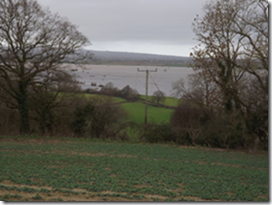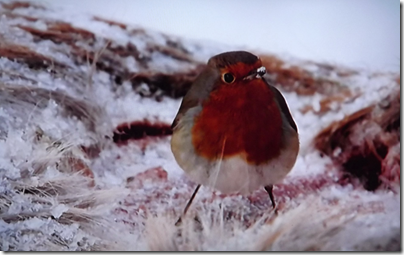
Picture – looking down on winter floods from high ground
Most of us can be pretty smug, not much of our village floods, but my heart bleeds for those poor people up north that have been flooded time after time. In Somerset it is a bit different. The levels are supposed to flood! If we are going to have more exceptional weather events as Global Warming accelerates it will happen again and again. Dredging to upper Parrett is only a partial solution – and will probably mean the water will rush off even faster and flood Bridgewater!
Many old farmers will tell you that we never had ‘flash floods‘. Water levels in winter would rise slowly, eventually spreading out on to the fields – where it would do a lot of good fertilising the land and sheltering the marsh grasses from frost so they would produce an early flush of good grass, then slowly recede leaving the fields fertile well into the summer, when a hay crop could be taken (after the ground nesting birds had fledged). This style of land management also maintains an exceptionally good habitat for thousands of waders, duck, geese and wild swans, over wintering with us, and breeding here. (a habitat that is virtually unique in all Britain)

Lapwings and Pochards, Catcott Lows.
Intensive arable crops and building in the upper catchment areas means the soil is compacted and can’t absorb water - and embanking the waterways constricts the water which can’t spread out any more and rushes down creating flooding at the next bottlenecks.
Where it does spill over to the fields it drowns the rye grass and arable crops such as maize that were never designed to grow on a flood plain.
We need politicians who will listen to their own scientists and the experienced older farmers – and then tell their electorate the truth. We have to learn to work with nature not fight against her.
Les Cloutman Wookey Hole
